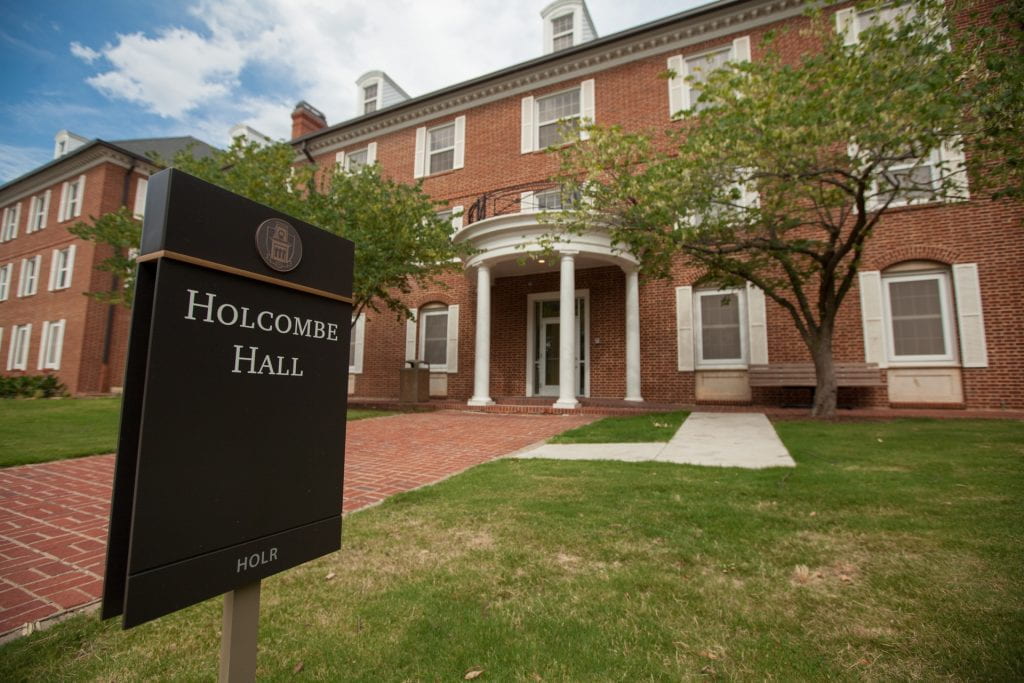Holcombe Hall Incident Still Under Investigation
A reported rape incident that happened on campus in September is still under investigation by UAPD. No further details have been disclosed.

A reported rape in a dorm room Sept. 2 triggered a RazAlert at the UofA. A later report showed details different from the original account.
The victim reported the rape at 1:37 a.m. Monday in Holcombe Hall on Garland Avenue, when she said that a stranger came into her room and assaulted her, UA Police Capt. Gary Crain said.
The next day, the victim of the alleged assault said she was acquainted with the accused, and that the perpetrator was invited in to the dorm room by the victim, Crain said.
UAPD is investigating the case, but no further details have been disclosed.
Crain encouraged students to take safety precautions such as locking bedroom and car doors to reduce the possibility of crimes.
Rape is committed by someone the victim knows 80 percent of the time, according to rainn.org, the nation’s largest anti-sexual violence organization.
Sex crimes are a common issue at universities, according to data. In fact, one in five women in college experience sexual assault, and students are at a higher risk of sexual assault in the first few months of their first and second semesters of college, according to womenshealth.gov, an affiliate of the U.S. Department of Health & Human Services.
These first few months are referred to as the RedZone, according to thetab.com, a news website with articles from students at top universities. After gathering more than 800 reports of rape and sexual assault cases from crime logs at 12 colleges, the data showed that more than 32 percent of sex crimes happened from September to November.
Most new students live in dorm rooms during their first year of college, and most are coed, where boys and girls are in close proximity. The results of the same study from thetab.com showed that 46.9 percent of the 800 cases from those universities occurred in freshman dorms.
